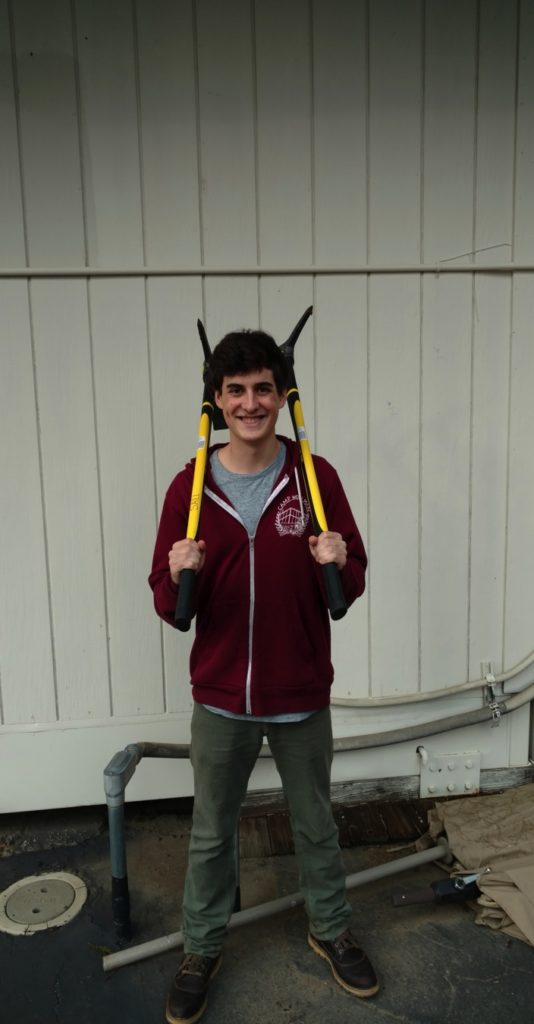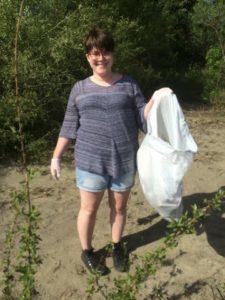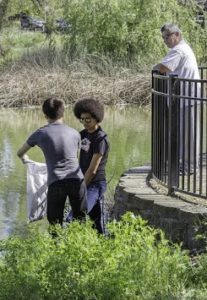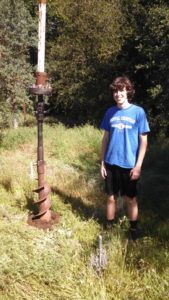2017, Sacramento, California, USA
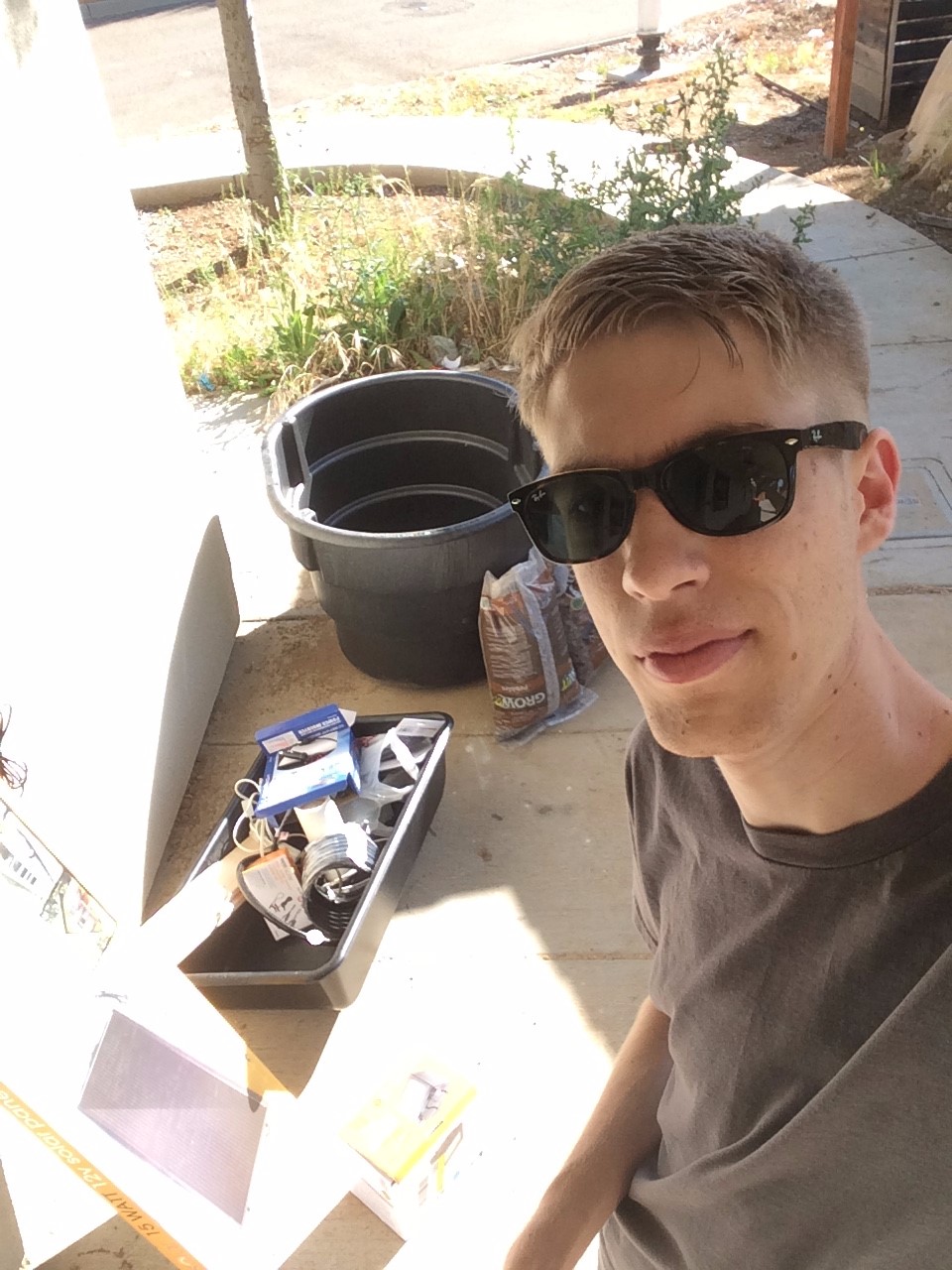
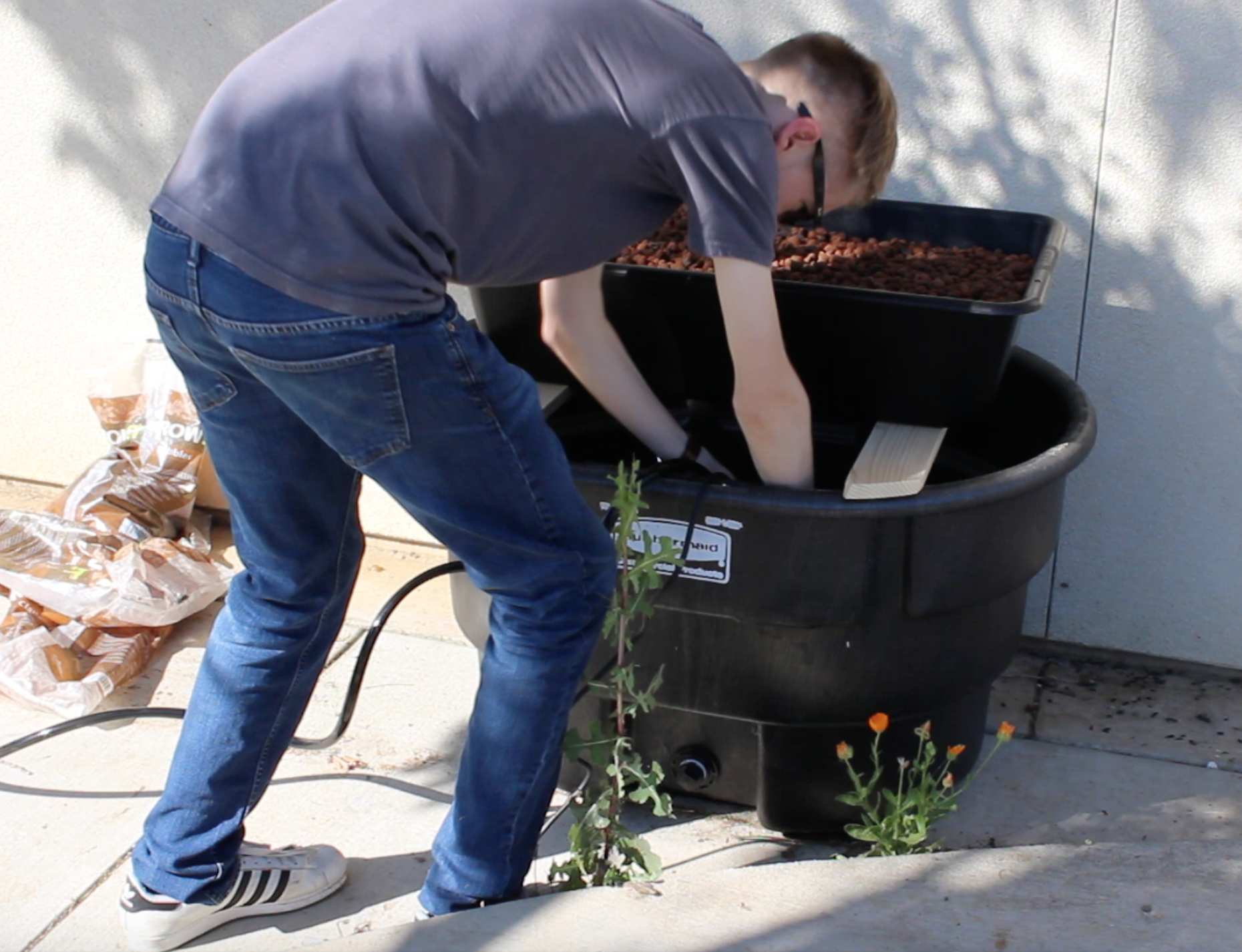
Henry McKay, a student at the G.W. Carver School of Arts and Sciences built and installed a small Aquaponics system on his school’s campus to demonstrate a sustainable, water-wise system to produce food. Aquaponics, which combines the raising of fish with the growing of plants in water, uses substantially less water than traditional growing, as water and nutrients are recycled. There is already a robust garden/ farm at Carver School of Arts and Sciences in which students plant, maintain, harvest, and learn about food system production and processes. The Aquaponics system, which was designed to run off of solar power, is a great addition to the campus and garden, demonstrating an additional technique, and expanding and extending this learning to future cohorts of students at the school. Caring for Our Watersheds project funds helped Henry purchase the materials he needed to build the system.

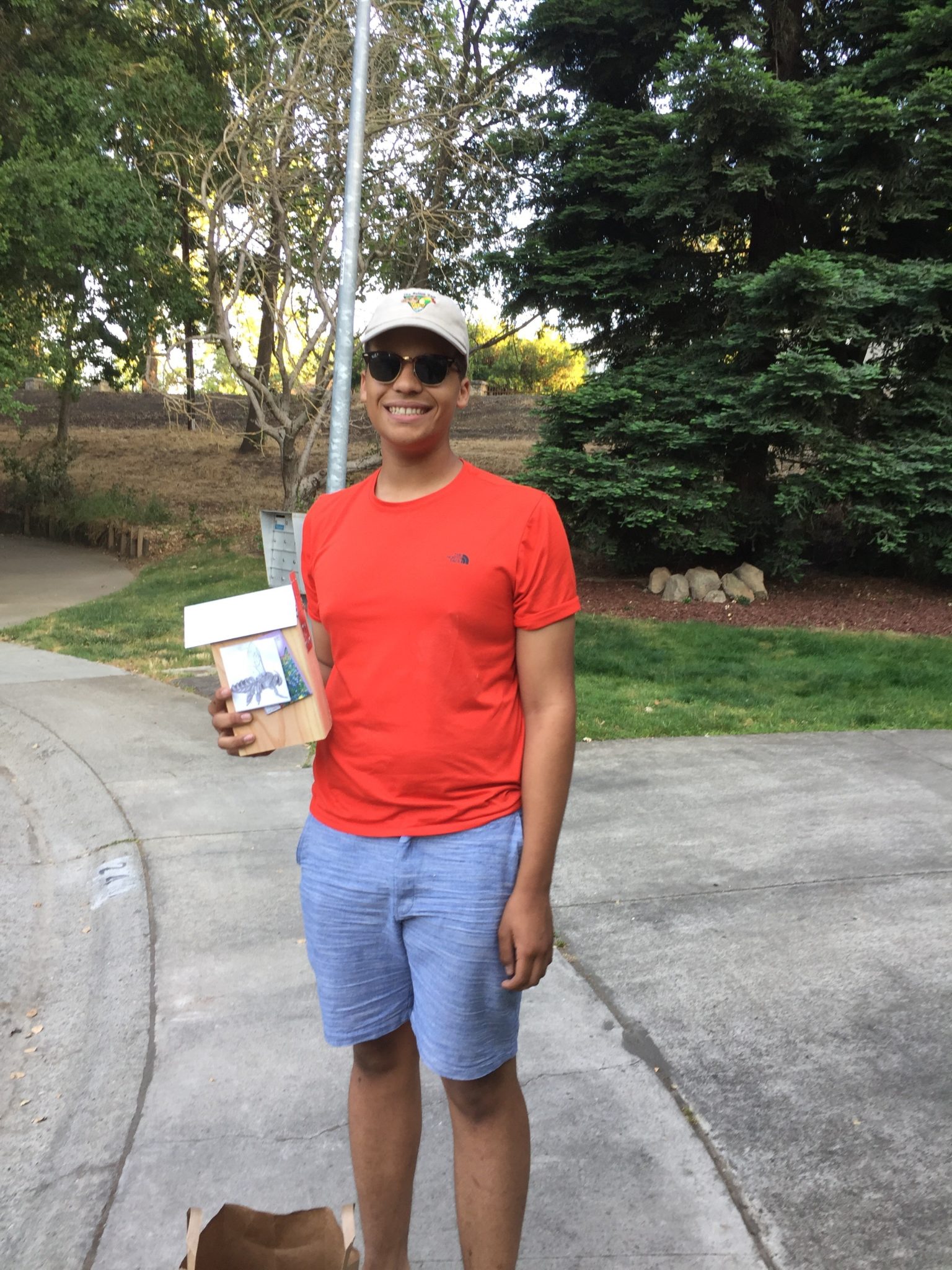

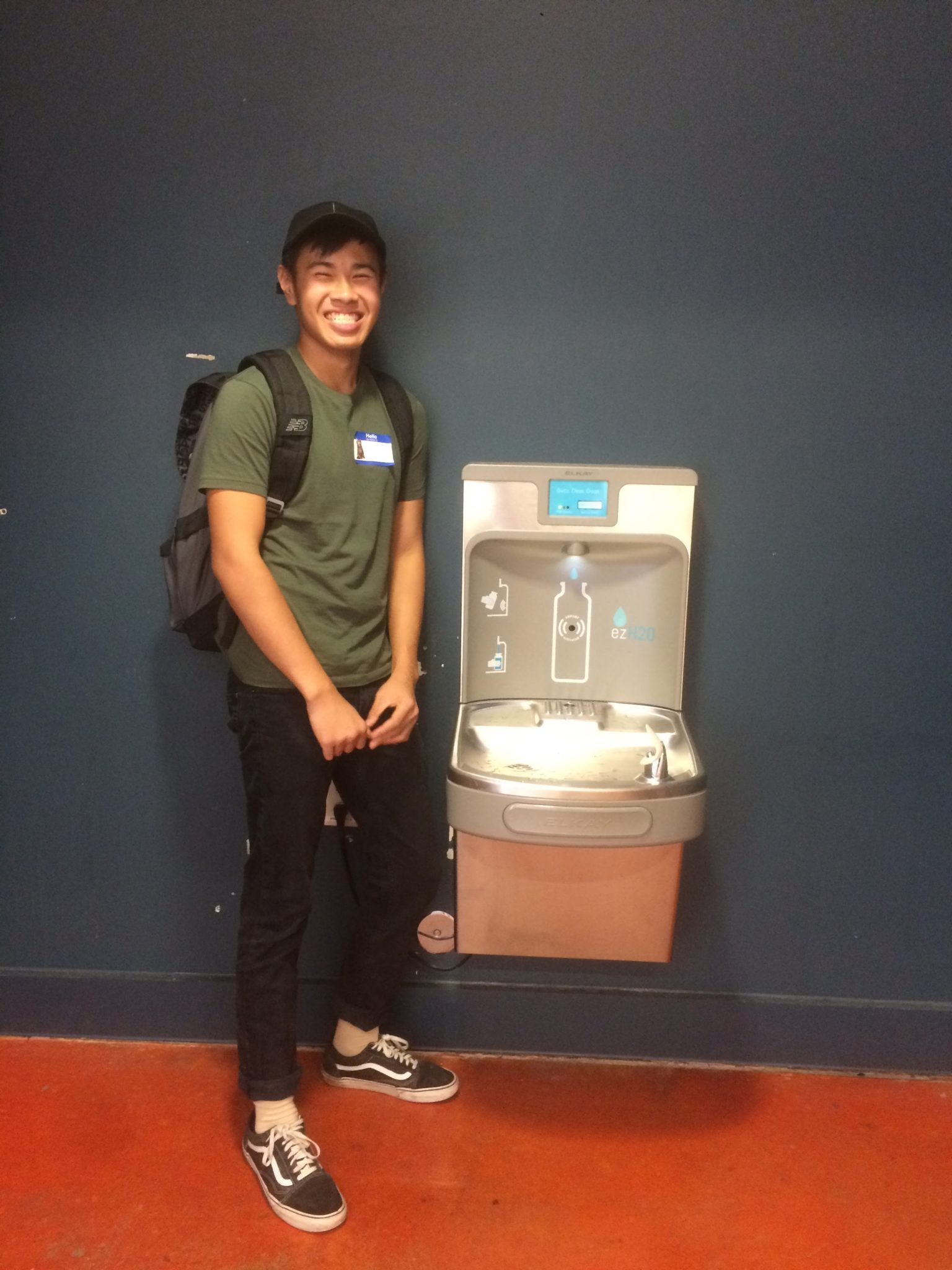
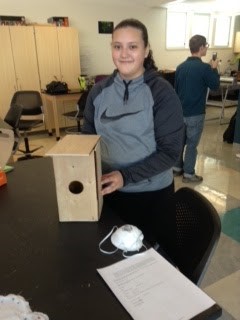
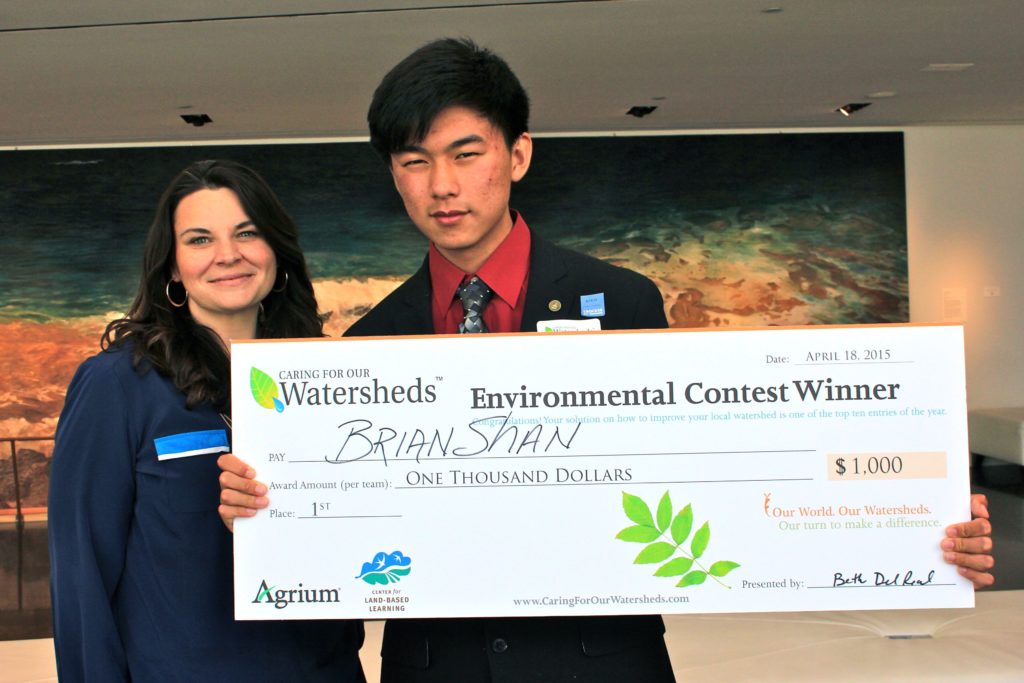 Brian Shan was proud to place first in the 2015 Caring for our Watersheds contest for his proposal to install aerators on faucets in his school. Faucet aerators deliver a mixture of water and air, limiting how much water is released while maintaining pressure and reducing splashing. The aerators, relatively inexpensive and easy to install, help conserve water and reduce energy use and costs.
Brian Shan was proud to place first in the 2015 Caring for our Watersheds contest for his proposal to install aerators on faucets in his school. Faucet aerators deliver a mixture of water and air, limiting how much water is released while maintaining pressure and reducing splashing. The aerators, relatively inexpensive and easy to install, help conserve water and reduce energy use and costs.